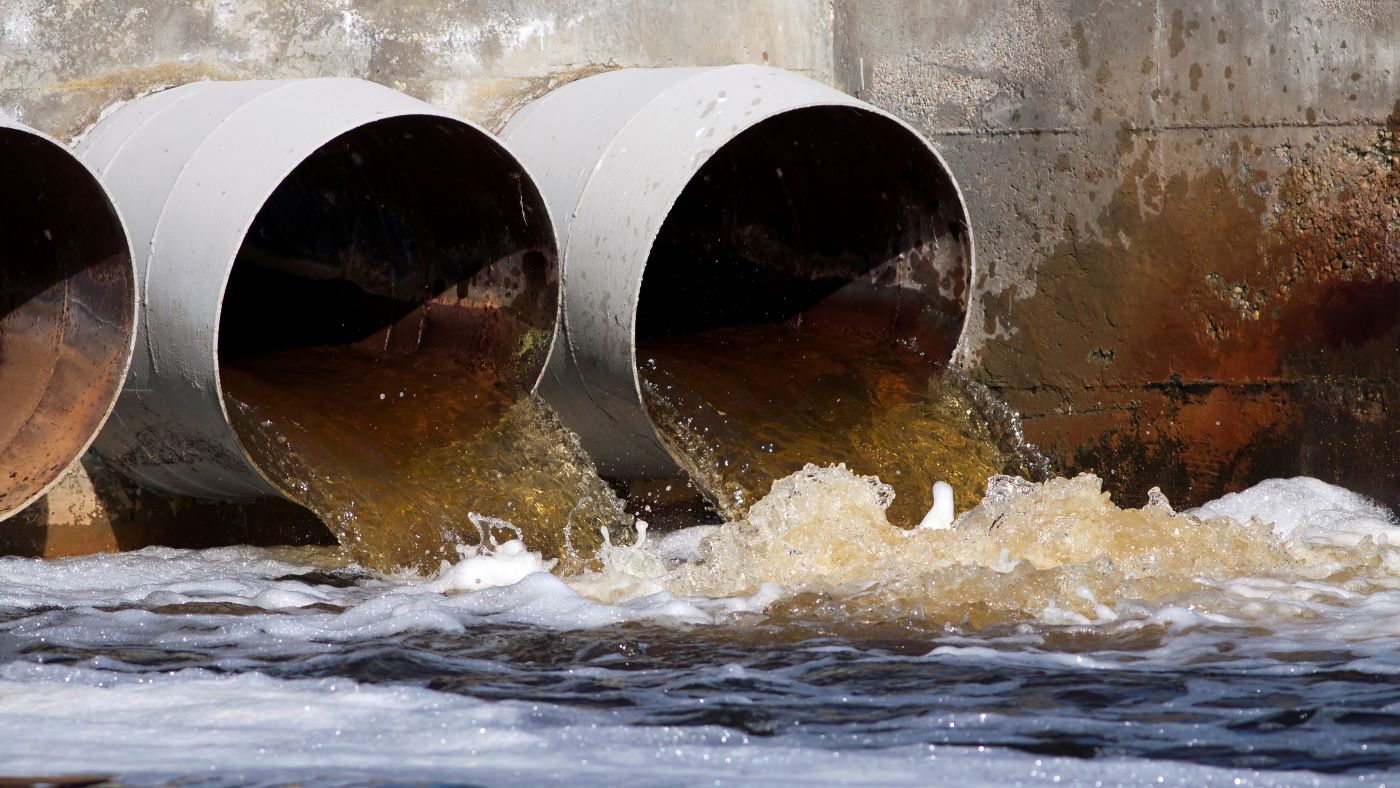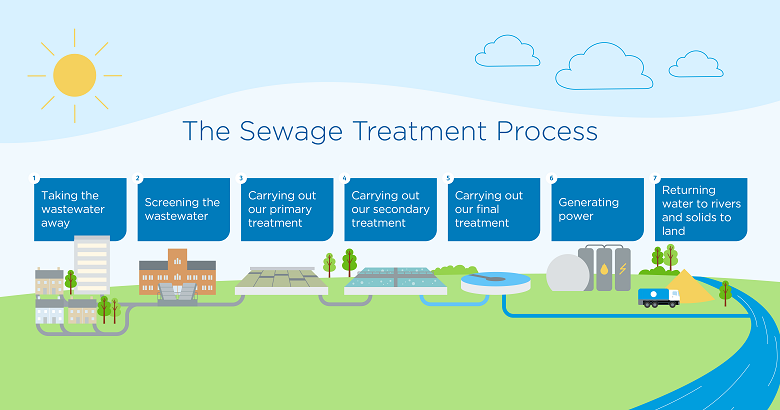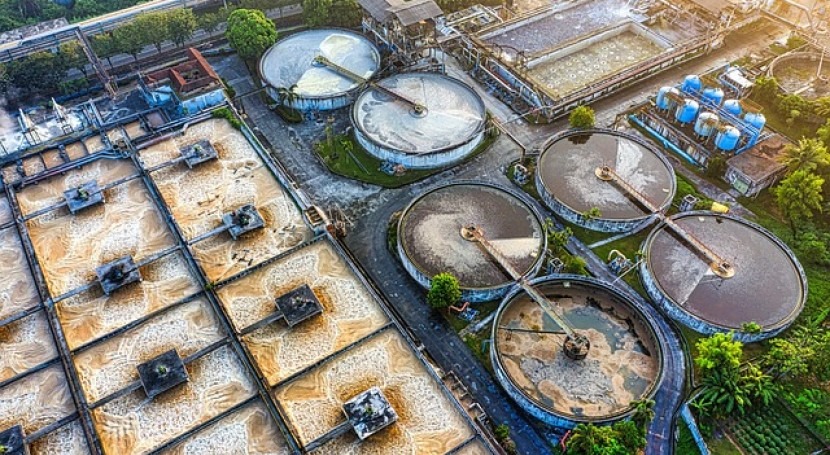The Importance of Chemical Processes in Waste Water Treatment
The Importance of Chemical Processes in Waste Water Treatment
Blog Article
Strategic Approaches to Enhance Drainage Therapy Performance and Minimize Ecological Influence
In the realm of waste water therapy, the pursuit for enhanced effectiveness and minimized ecological influence is a continuous obstacle that demands tactical solutions. As society grapples with the critical to manage water resources sustainably, a nuanced method ends up being crucial. The integration of advanced treatment technologies, energy-efficient processes, resource recovery methods, enhanced nutrient removal methods, and wise tracking and control systems stands for a diverse framework for addressing these pushing worries. However, what exists at the core of this facility internet of methods is the prospective to transform the way we approach drainage therapy, not simply as a process of disposal, however as an important chance for development and environmental stewardship.
Advanced Therapy Technologies
Sophisticated membrane purification systems have reinvented advanced wastewater therapy processes, significantly enhancing the elimination of pollutants. These cutting-edge systems work forcibly water through a semi-permeable membrane layer, effectively dividing contaminations from the water stream. The membrane's microscopic pores catch pollutants such as germs, infections, and suspended solids, enabling just detoxified water to go through. This modern technology has verified to be highly reliable in getting rid of a vast array of contaminants, consisting of pharmaceuticals, hefty steels, and organic compounds, which are frequently challenging to remove via conventional treatment techniques.
In addition, membrane layer filtration systems offer numerous benefits over standard treatment approaches. They need much less space, generate higher-quality effluent, and are more resistant to fluctuations in influent water top quality. In addition, these systems are extremely flexible and can be easily incorporated right into existing treatment plants or used as standalone devices for decentralized applications. As the demand for clean water remains to climb, the fostering of advanced membrane layer filtering innovations is vital to make sure lasting and efficient wastewater treatment practices.
Energy-Efficient Procedures
The assimilation of energy-efficient procedures in wastewater treatment systems is vital for maximizing resource utilization and minimizing functional prices. One key method to improving power performance in wastewater therapy is the utilization of advanced aeration systems, such as fine bubble diffusers or surface area aerators, which can boost oxygen transfer efficiency and lower energy consumption.
Additionally, enhancing procedure control and automation via the usage of advanced sensors and monitoring systems can enhance general energy effectiveness by changing operations in real-time based on actual demand and conditions. Carrying out power audits and routinely keeping an eye on energy performance signs are important techniques to recognize areas for renovation and track energy-saving campaigns efficiently. On the whole, the adoption of energy-efficient processes in wastewater therapy not only benefits the atmosphere yet also contributes to long-lasting expense financial savings and operational sustainability.
Source Recuperation Techniques
With an emphasis on optimizing source usage and sustainability in wastewater therapy systems, the implementation of resource healing techniques arises as a crucial element in improving operational performance. Source healing techniques in wastewater treatment include the identification and removal of important sources from the waste stream, consequently turning what was as soon as thought about waste into a valuable possession. By executing source healing strategies such as nutrient removal and recovery, power generation from raw material, and the production of multiple-use water, wastewater treatment plants can minimize ecological effect while making best use of performance.

Boosted Nutrient Elimination Methods
Implementing sophisticated nutrient elimination methods is necessary for enhancing the efficiency of wastewater therapy systems. Boosted nutrient removal plays an important role in decreasing the ecological impact of cured effluent released into water bodies. Among the crucial techniques utilized for improved nutrient elimination is the process of organic nutrient removal (BNR), which entails the elimination of nitrogen and phosphorus with organic processes. This can be accomplished with using specialized microorganisms that can transform nitrogen compounds right into inert nitrogen gas with denitrification, and accumulate phosphorus within their cells with a process called boosted biological phosphorus elimination (EBPR)

In enhancement to BNR, progressed treatment approaches such as membrane layer bioreactors (MBRs) and built marshes can likewise be used to improve nutrient removal effectiveness. By including these sophisticated nutrient removal techniques into wastewater therapy systems, municipalities and industries can properly minimize nutrient contamination and read the article protect the setting.
Smart Tracking and Control Systems
Making use of sophisticated innovation, the integration of smart surveillance and control systems changes the operational performance of wastewater treatment centers. These systems integrate advanced sensing units and data analytics to continuously keep track of key criteria such as pH levels, turbidity, liquified Click This Link oxygen, and flow prices in real-time. By gathering and evaluating this information, operators can get important insights right into the performance of the treatment processes, enabling aggressive changes to maximize therapy efficiency.
Smart surveillance and control systems likewise support remote tracking capabilities, permitting drivers to access real-time information and control functions from off-site locations. This remote ease of access boosts operational versatility and responsiveness, enabling speedy interventions in situation of system breakdowns or fluctuations in influent high quality. Additionally, the anticipating upkeep capabilities of these systems assist protect against devices failings and decrease downtime, ultimately enhancing the total integrity of wastewater therapy operations (Waste Water Treatment).
Conclusion
In verdict, strategic methods such as sophisticated therapy modern technologies, energy-efficient processes, resource recovery techniques, improved nutrient elimination strategies, and clever surveillance and control systems play a vital duty in enhancing wastewater treatment effectiveness and decreasing environmental impact. By carrying out these strategies, wastewater therapy plants can improve their general efficiency, reduce power consumption, recoup beneficial sources, and make certain conformity with ecological guidelines. These techniques are necessary for lasting and effective wastewater management practices.

In conclusion, critical methods such as innovative treatment modern technologies, energy-efficient procedures, resource recuperation techniques, boosted nutrient removal methods, and clever monitoring and control systems play an important duty in enhancing wastewater treatment performance and minimizing environmental influence.
Report this page